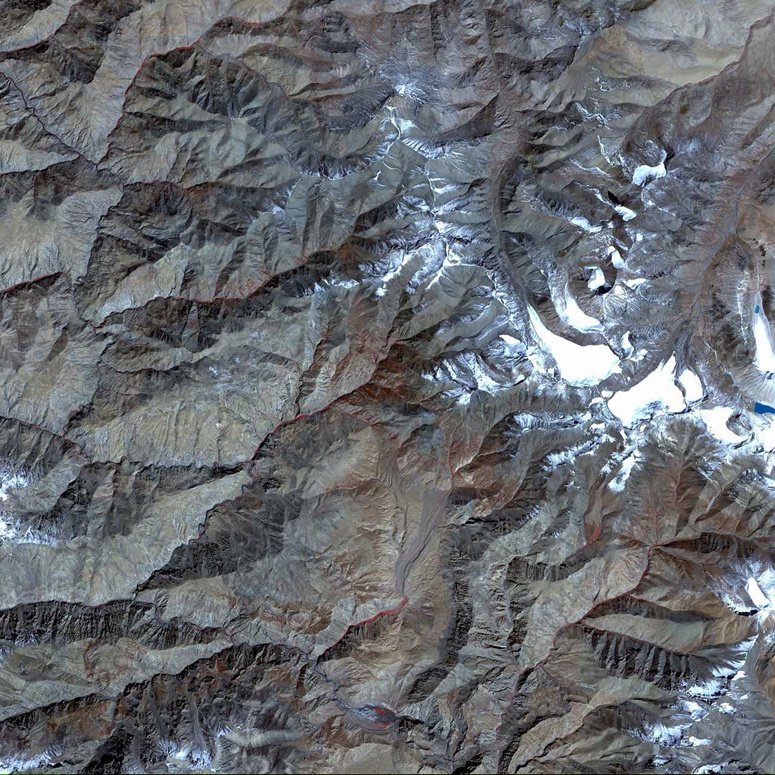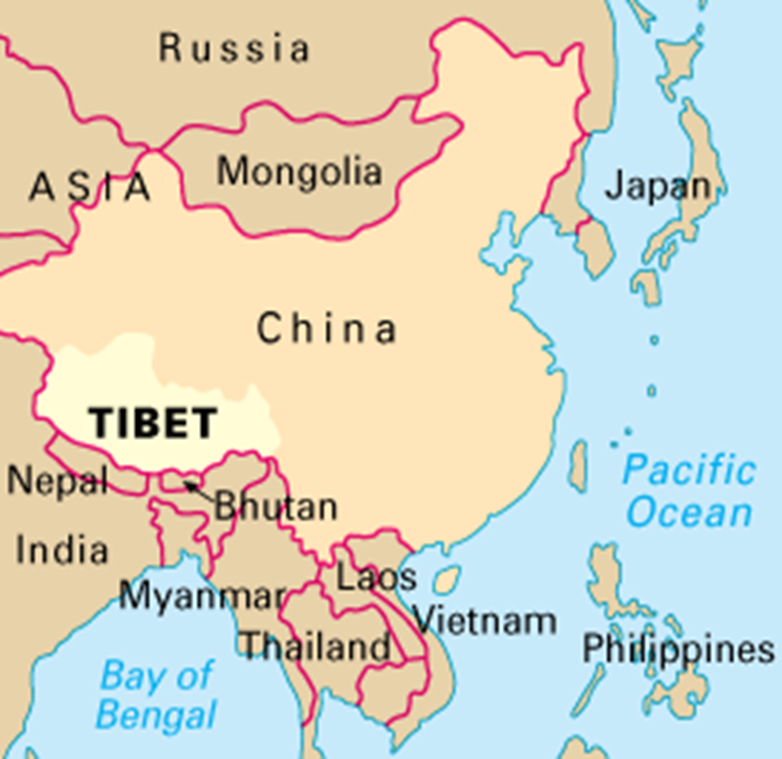?Not because of air currents...why do planes move away from this particular point

?Not because of air currents... Why do planes avoid flying over this particular point
The world contains many secrets and myths that have been passed down from generation to generation, but for some of them modern science has not found any logical explanation.
It is worth noting that teams of scientists and researchers are actively working to decode and verify these myths, the most famous of which is the Bermuda Triangle, which has occupied the world for decades.
What is noteworthy is that the vast majority of these myths have a clear scientific explanation created by scientists and specialists, but the general public insists on inherited and transmitted speech because of its excitement and suspense.
The fact that planes do not pass over the Tibetan Plateau is considered one of the scientific secrets that we will briefly try to tell the truth about and find a logical and convincing explanation for this phenomenon that has baffled people.
Before we talk about the answer to this puzzling mystery, we must first talk quickly about the history and characteristics of this sacred plateau, as this plateau is sanctified by many religions around the world.
The Tibetan Plateau is also distinguished by its location and large geographical extent, as this plateau is located in East Asia and extends until it reaches its center. Its area is about 2.5 million square kilometers, extending on the borders of India and China.

The Tibetan Plateau is also called the “Roof of the World” and this is due to its high altitude, as it rises about 4,500 km above sea level, and its distinctive place is located between the Taklamakan Desert and the Himalayan mountain range.
?What is the mystery of why planes do not fly over the Tibetan Plateau
Flying planes over the Tibetan Plateau is unlikely to happen, and this is due to many reasons, some of which are scientific and real, and some of which are fabricated.
Myths about the Tibet Plateau
Recently, many rumors have spread about the Tibetan Plateau. One of the myths claimed that there is a hidden force or ghosts whose mission is to prevent planes from flying over the Tibetan Plateau.
But of course, this reason is completely unlikely and is never taken into consideration by geography scientists, because it does not provide any logical justification or is based on realistic data.

?Is high altitude the reason
One of the most important reasons relied upon for the inability of planes to fly over the Tibetan Plateau is its high altitude, which reaches more than 4 km, as we mentioned to you previously.
Some people know that planes cannot rise more than 10,449 meters above sea level, due to the troposphere, which is rich in excess oxygen, and therefore most planes here will be exposed to turbulence.
To avoid these uncomfortable disturbances, and to maintain passengers' comfort during the travel process, planes avoid reaching this height, so that the plane's movement does not become difficult due to the strong winds.
The impossibility of an emergency landing on the Tibetan Plateau

Many travelers have sometimes been subjected to emergency landings while traveling by plane, whether due to a technical malfunction in the plane, bad weather conditions, or other things.
The emergency landing process is not considered scary at all, because it has been studied in advance within practical steps, in addition to the plane captain’s cooperation with air navigation systems to facilitate the emergency landing.
But what if the plane was above the Tibetan Plateau in case it needed to make an emergency landing? Will it be easy?
Roughly, we can say that an emergency landing on the Tibetan Plateau is completely unlikely, and will most likely fail and lead to the death of the passengers in the plane and its complete collapse.

This is due to the great technical difficulties that the plane will be exposed to as a result of strong winds, in addition to the malfunctions that may occur in the plane’s engines.
Of course, when an engine malfunction occurs, the command crew has no choice but to make an emergency landing in this emergency situation, and they will not be able to make the landing due to the terrain!
The plane cannot land anywhere the crew wants, because the landing process requires flat ground, and in the Tibetan Plateau these specifications never exist, and thus the operation will fail.
In conclusion, we hope that we have succeeded in conveying the information as required. Share your opinion with us and correct our mistakes in the comments if you have the opportunity.
Source: websites

